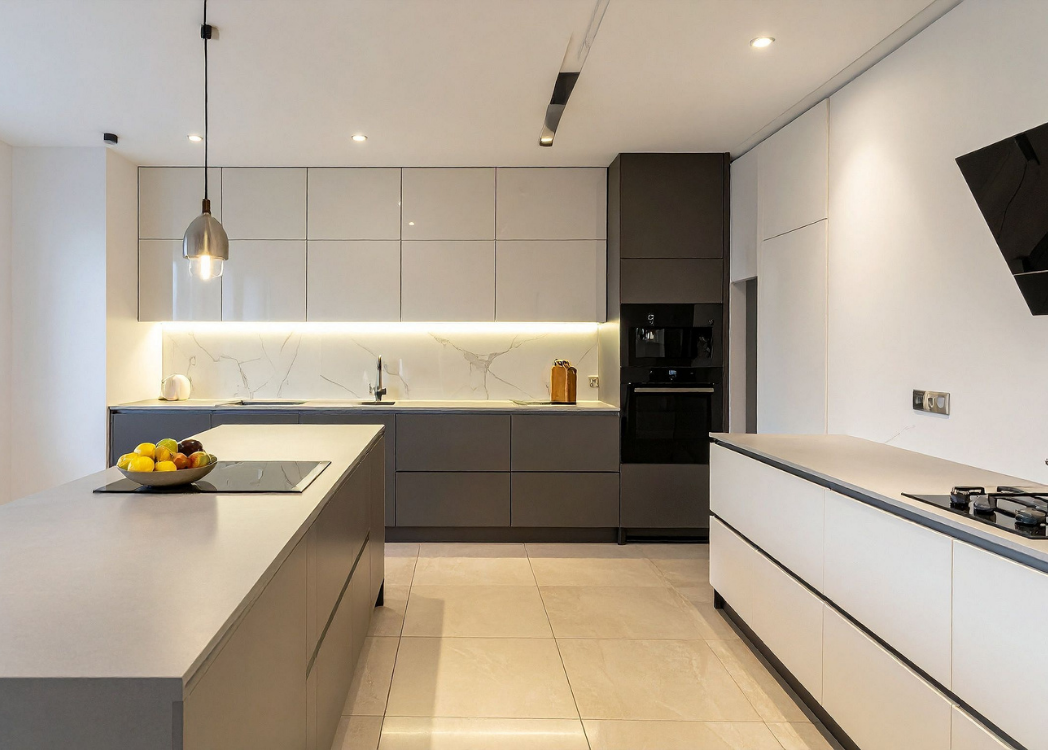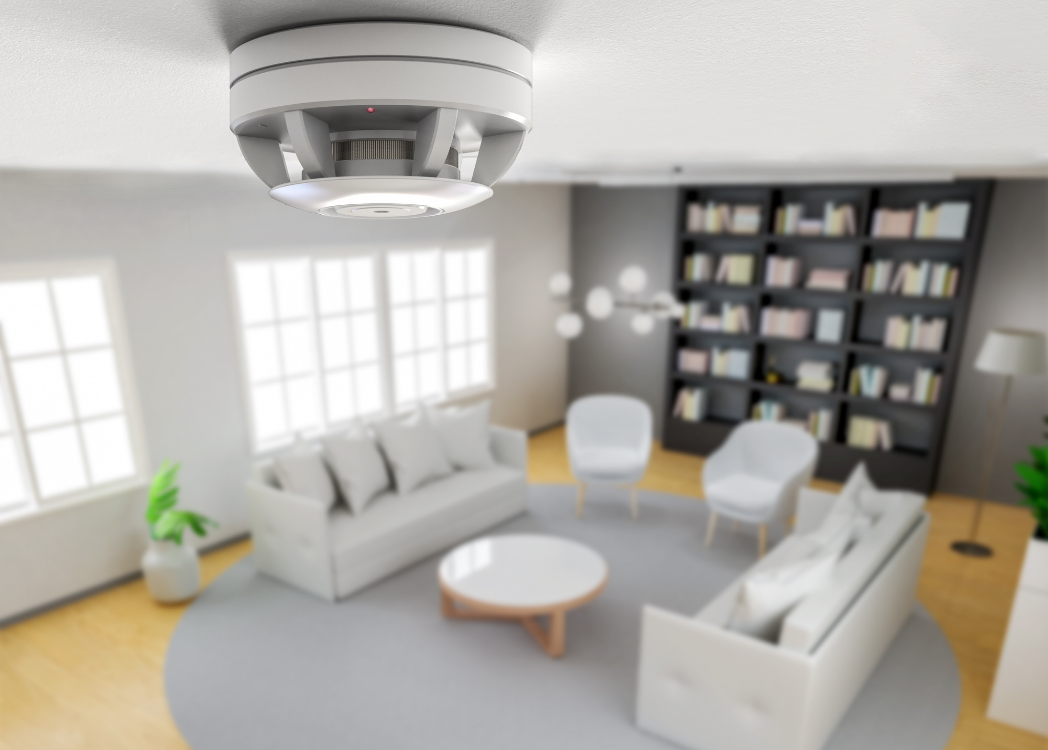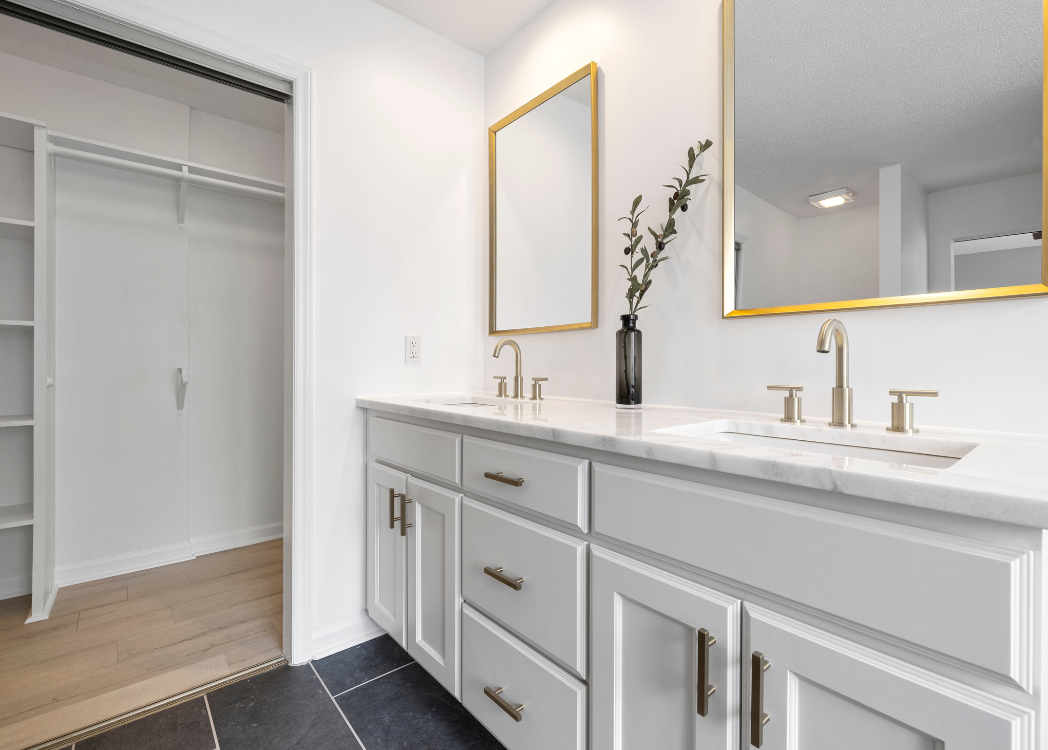Transforming a Basement into a Usable Living Space (Without a Full Remodel)
Chicago homes are full of hidden potential — and for many, it’s sitting right below your feet.
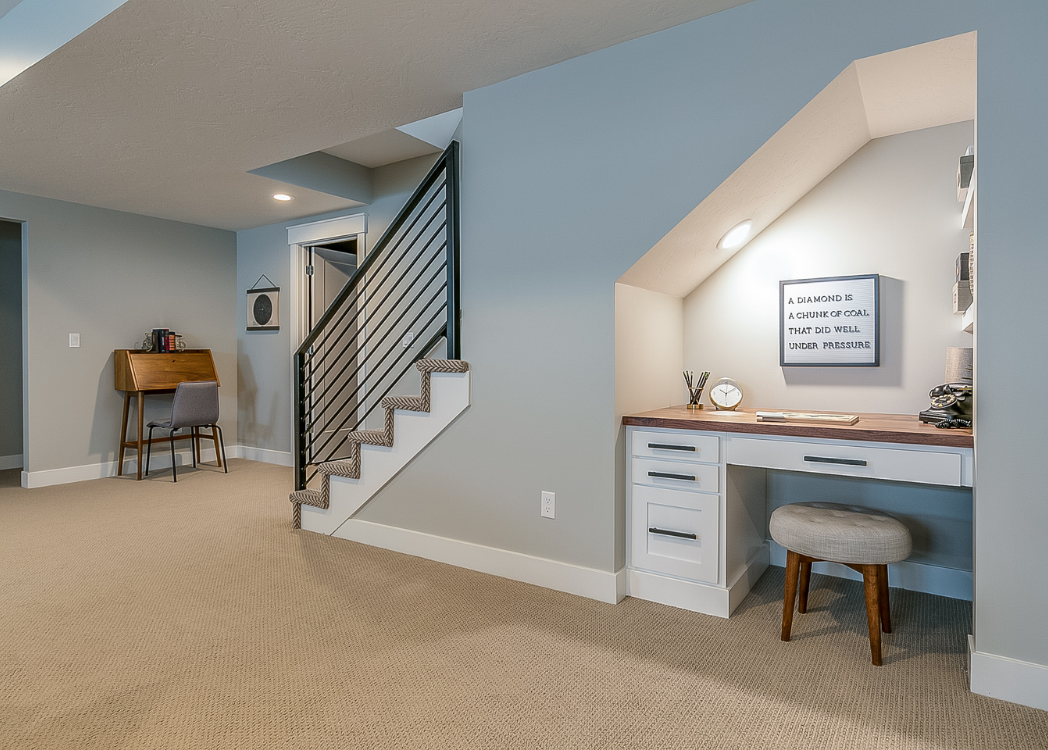
Step 1: Address Moisture Before Anything Else
A successful basement update starts with managing moisture.
Chicago’s freeze-thaw cycles and humid summers make basements especially prone to dampness. Before painting, flooring, or decorating, inspect for early signs of water intrusion.
Check corners, walls, and around window wells for discoloration, peeling paint, or a musty smell. Seal small cracks with hydraulic cement or silicone caulk, and keep a dehumidifier running if the air feels heavy. Taking care of this step first helps everything else you do last longer.
Step 2: Brighten the Space with Layered Lighting
Basements can feel dark and closed-off, but thoughtful lighting completely changes that.
Use a mix of fixtures to create depth and warmth:
- Overhead LEDs: Choose daylight-balanced bulbs (around 5000 K) for even, natural light.
- Task lighting: Add under-shelf or desk lamps in work or hobby areas.
- Accent lighting: Wall sconces or LED strips behind shelving add character and highlight textures.
Multiple light sources at different heights keep the space bright and inviting without feeling harsh.
Step 3: Choose Flooring That Works for Basements
Basement flooring needs to handle both moisture and temperature changes.
Vinyl plank, tile, or painted concrete hold up well and are easy to maintain. If your floor is uneven, interlocking subfloor systems can level it out and add a layer of insulation. For comfort, layer area rugs in zones where people spend the most time.
Tip: Skip wall-to-wall carpet. Even with a vapor barrier, basement humidity can lead to mildew and odor over time.

Step 4: Focus on Function First
Before choosing finishes, decide how the space will actually be used.
Define clear zones — laundry, storage, lounge, or workout — and use rugs or furniture placement to separate them visually.
Paint can also help divide the room. A neutral wall color paired with an accent zone gives each section its own feel without building walls.
Step 5: Add Comfort and Personality
Once the foundation work is done, it’s time to make the space feel like home. Add art, plants, or textiles to soften the environment.
If the ceiling has exposed beams or ductwork, paint everything a consistent color (flat white or black) for a clean, finished look. Small details — like framed photos, proper storage, and cozy lighting — go a long way in making the space feel intentional rather than “below grade.”
Step 6: Keep It in Shape Year-Round
A basement that’s well-maintained will stay comfortable through every season.
Check for condensation around windows, vacuum regularly, and test your sump pump every few months. A few simple habits keep the space fresh and ready for whatever you need it to be.
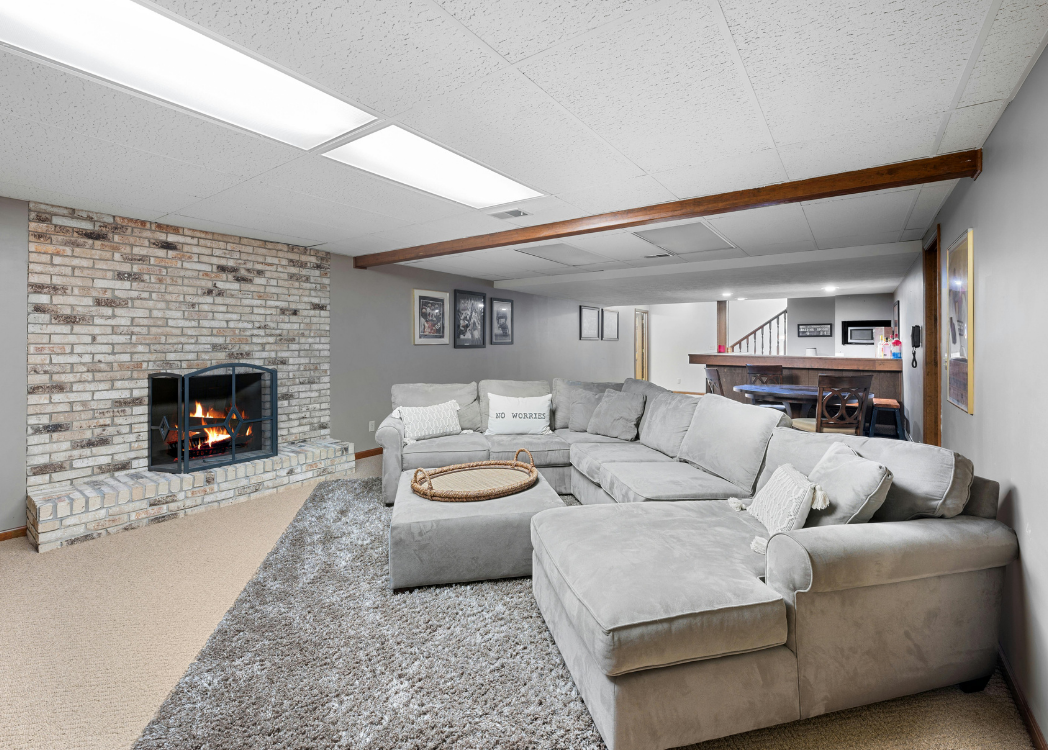
Final Thoughts
Basements don’t need a major remodel to become usable, enjoyable parts of the home. With a little planning and attention to moisture, lighting, and function, you can transform yours into a space that feels bright, practical, and uniquely yours.

